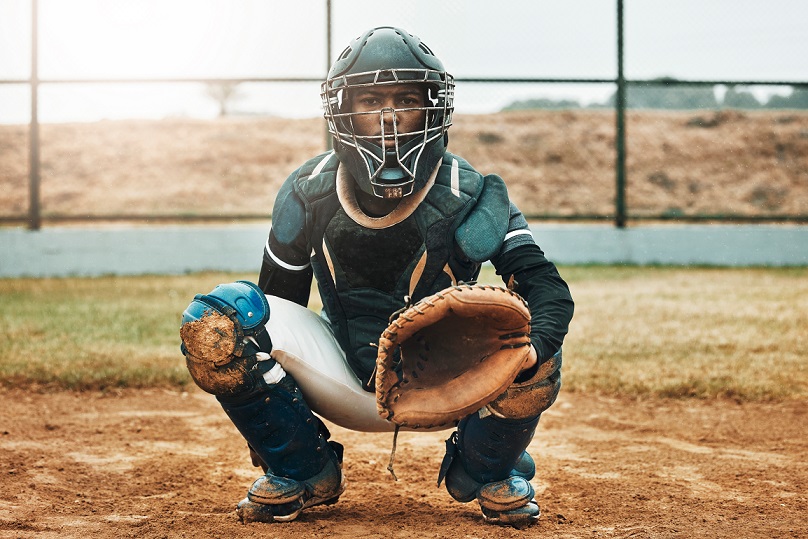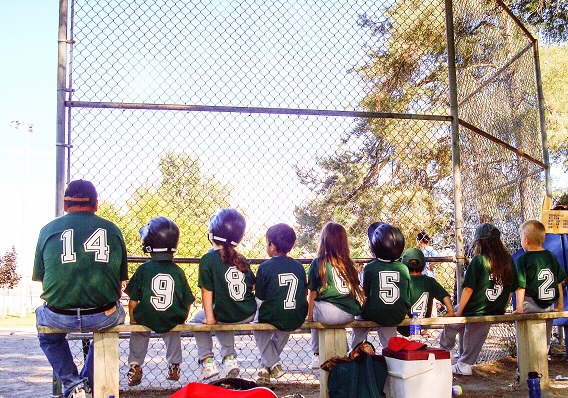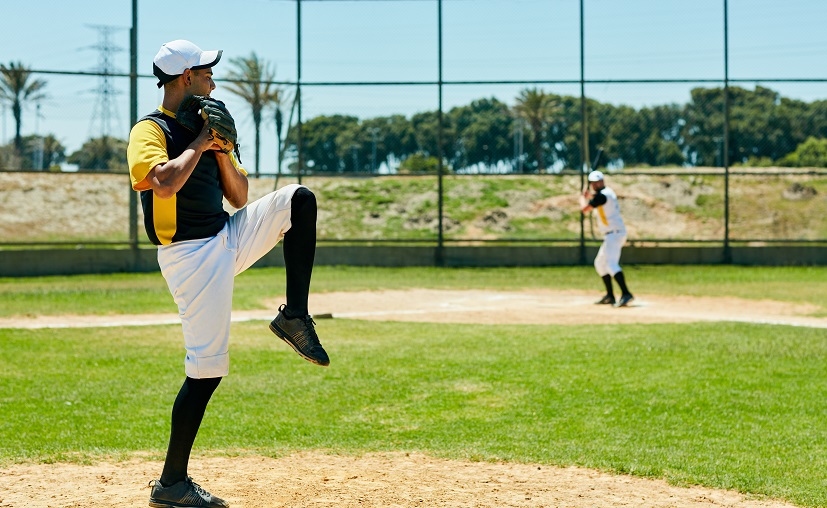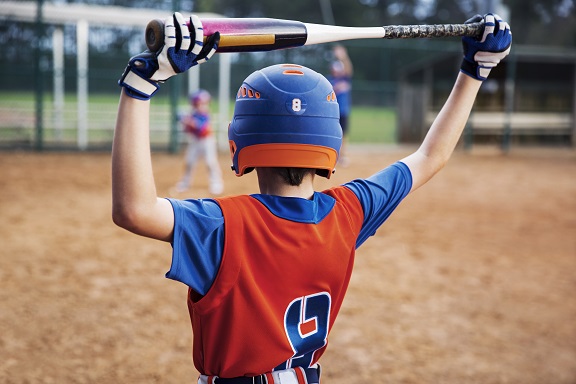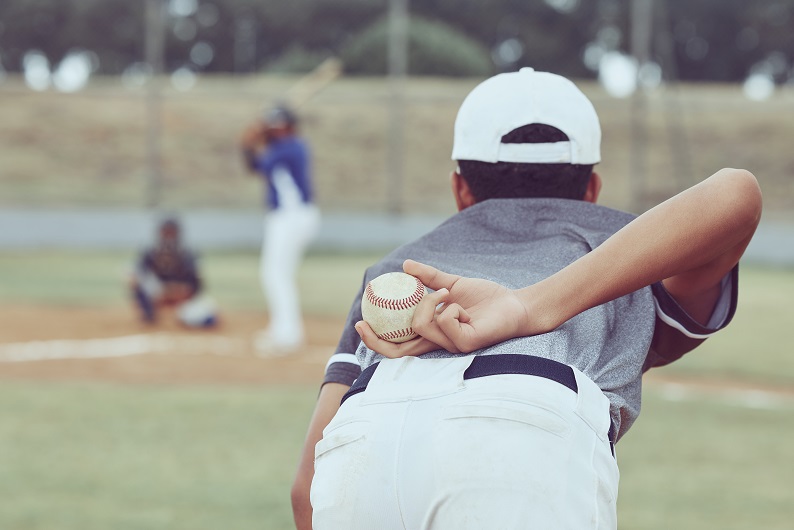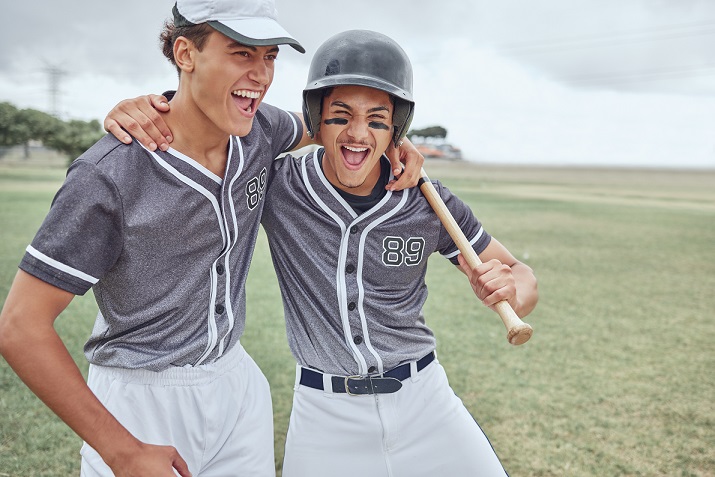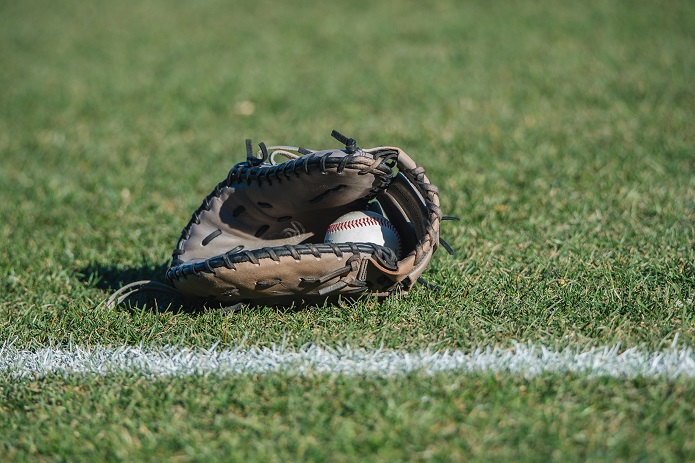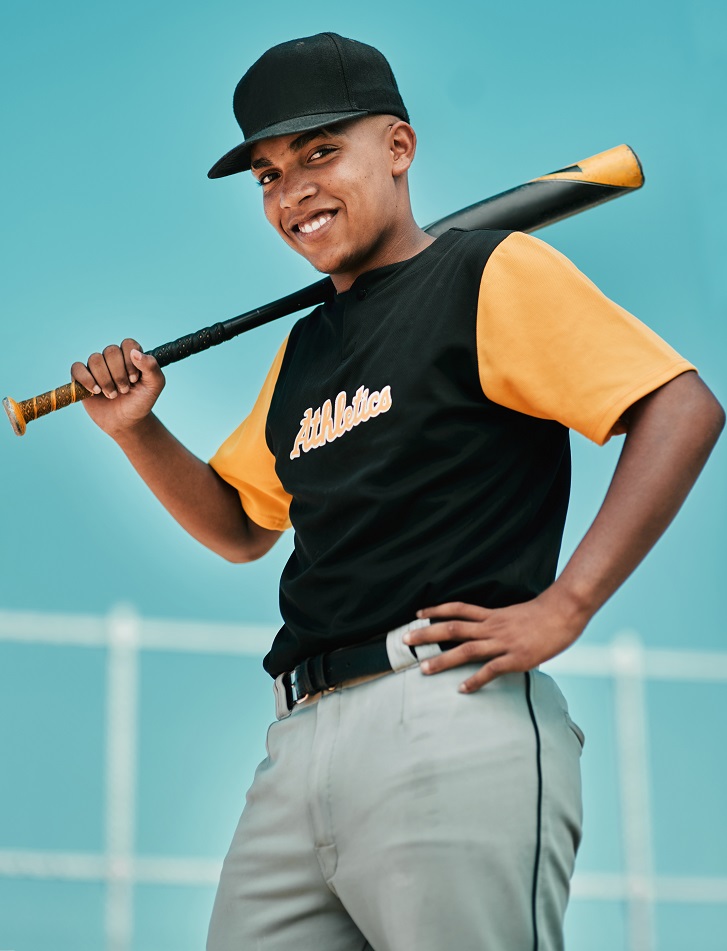Baseball is a sport that requires you to use good fundamentals to be successful. When it comes to the game of baseball, mastering the basics can make all the difference between winning and losing. Practicing good fundamentals is essential for any aspiring ballplayer looking to take their game to the next level. In this article, I’m going to discuss some of the benefits of practicing good baseball fundamentals – from improved accuracy and control on the field to better performance at batting practice. So if you want to become an elite player, read on!
The key elements of playing great baseball should never be overlooked or taken for granted. Every little detail matters when it comes to honing your skills as a ballplayer – from throwing techniques and pitching mechanics, to infield positioning and base running strategies. Not only do these details help improve your performance on the diamond, but they also give you an edge over your opponents who might not have put in enough time perfecting those same fundamentals.
Finally, having solid fundamental skills gives players more confidence out on the field. When you know how to correctly execute various plays and strategies, you’ll feel more comfortable making decisions during games – which can lead to improved results overall. And with increased confidence comes higher levels of success! All in all, there are plenty of reasons why every serious athlete should prioritize developing strong baseball fundamentals.
Benefits Of Proper Throwing Technique
It is commonly thought that practicing good fundamentals in baseball can drastically improve a player’s performance. But what are the benefits of mastering these techniques? Let us explore how proper throwing techniques can be an advantage for any baseball player.
When it comes to throwing, many key elements can help players increase their accuracy and distance. For example, having a correct grip on the ball gives the thrower better control and precision with each pitch or toss. Additionally, using appropriate body mechanics allows for a powerful yet efficient delivery of the ball without sacrificing accuracy. Finally, focusing on arm strength helps ensure that throws have enough velocity to reach distant targets quickly and accurately. All this combined enables any baseball player to become more accurate when pitching or throwing from different distances and angles across the field. We also recommend that you get the right baseball uniforms.
Thanks to properly executing all these elements, not only do you get greater accuracy but also improved safety during practice sessions as well as game time scenarios since less effort is required to send off strong throws in rapid succession. Then, investing time into learning and perfecting one’s throwing technique pays off handsomely – both in terms of skill improvement and overall enjoyment of playing baseball!
Advantages Of Correct Pitching Form
Pitching is an integral part of baseball, allowing the pitcher to control the speed and direction of the ball. Like a conductor setting the tempo for his orchestra, good pitching form allows one to command the game as no other position can. Alluding to such power brings us to examine what advantages come with correct pitching form.
First and foremost, it gives pitchers better control over their pitches. With proper technique and practice, they become able to pitch faster and more accurately from greater distances. Additionally, this also makes them less prone to injury as incorrect throwing motion puts unnecessary strain on muscles and ligaments in the arm or shoulder area. Furthermore, by focusing on maintaining perfect pitching mechanics when facing batters, pitchers can react quickly and efficiently while still keeping their focus on where they want to throw the ball – not just at any given target. This helps improve consistency during games as well as gives players confidence knowing that they have mastered these techniques through hard work and dedication.
Having great pitching form offers numerous benefits both on and off the field which make it essential for anyone interested in playing competitively. These include improved accuracy, increased velocity potentials, reduced risk of injuries with mental clarity needed while making decisions under pressure situations; qualities highly valued by coaches and scouts alike looking for prospects who possess those traits crucial for long-term success in sports career. Moving onto our next point then… …the importance of focusing on nutrition and strength training to help athletes reach their peak performance.
Benefits Of Proper Batting Stance
Nothing says baseball like the crack of a bat. It captures the attention of everyone in attendance and brings life to the game. A proper batting stance is critical for success at any level, as it provides an opportunity to hit with power while maximizing safety. Here are three benefits that come from proper batting form:
-Consistent Performance: When done correctly, your batting technique will remain consistent swing after swing, allowing you to be successful more often than not. This includes increased accuracy when aiming for specific parts of the field, enabling a batter to have better control over their plate appearances.
\t• Better Power: With a correct batting stance comes improved power production due to greater stability during your swings. You’ll generate more distance on contact and increase your chances of getting hits. Additionally, having good mechanics allows for faster releases which can help catch opposing pitchers off guard.
\t• More Safety: By using correct techniques you’ll reduce the risk of injury by keeping yourself balanced throughout each motion and avoiding awkward movements that could lead to pulled muscles or other types of strain.
These advantages demonstrate how important proper batting form is for achieving desired results in the game. Without applying these fundamentals consistently, batters cannot properly execute their skill set nor achieve optimum performance levels regularly – all essential elements needed for success in baseball today!
Rewards Of Executing Defensive Fundamentals
First off, let’s take a look at the rewards of executing defensive fundamentals in baseball. It can be like discovering a hidden gem that you never knew was there – suddenly your game lights up and you feel unstoppable!
By mastering these key elements such as proper footwork, throwing mechanics, pitch recognition,n and positioning yourself correctly, you will gain an edge over the competition. Not only will it help to minimize the number of errors made during games, but it will also increase your confidence when playing defense. Your teammates will be able to rely on you more due to improved communication and a better understanding of what they are trying to do while playing their positions. As a result, team chemistry is enhanced which can lead to greater success overall.
Executing defensive fundamentals gives players a chance to demonstrate their athleticism and skill level by making difficult plays look easy. Plus, coaches often reward those who display good technique with more playing time or higher-ranking positions within the team dynamic. In other words, great play leads to even greater opportunities both on-field and off-field!
Conclusion
Practicing good baseball fundamentals is key to becoming an elite baseball player. Having the proper throwing technique, pitching form, batting stance, and defensive skills can mean the difference between a great athlete and one who just gets by. The rewards of mastering these core principles are immeasurable; they give you the confidence to perform at your best in competition and help ensure that you will succeed.
As I look back on my own experiences as a competitive baseball player, I am reminded of how important it was for me to master each fundamental skill. With every practice session, game, or drill I did with my team I could feel myself getting better. Every time I executed a pitch correctly or swung the bat properly I felt more confident in my abilities as an athlete and knew that if I continued to work hard and stay focused on perfecting my craft then eventually all of this hard work would pay off.
The benefits of practicing good baseball fundamentals cannot be overstated: not only do they make you a better overall athlete but also provide invaluable life lessons about discipline, focus, and dedication which can serve us well both on and off the field. So take some advice from someone who has been there before – put in the effort now so you can reap the rewards later!

